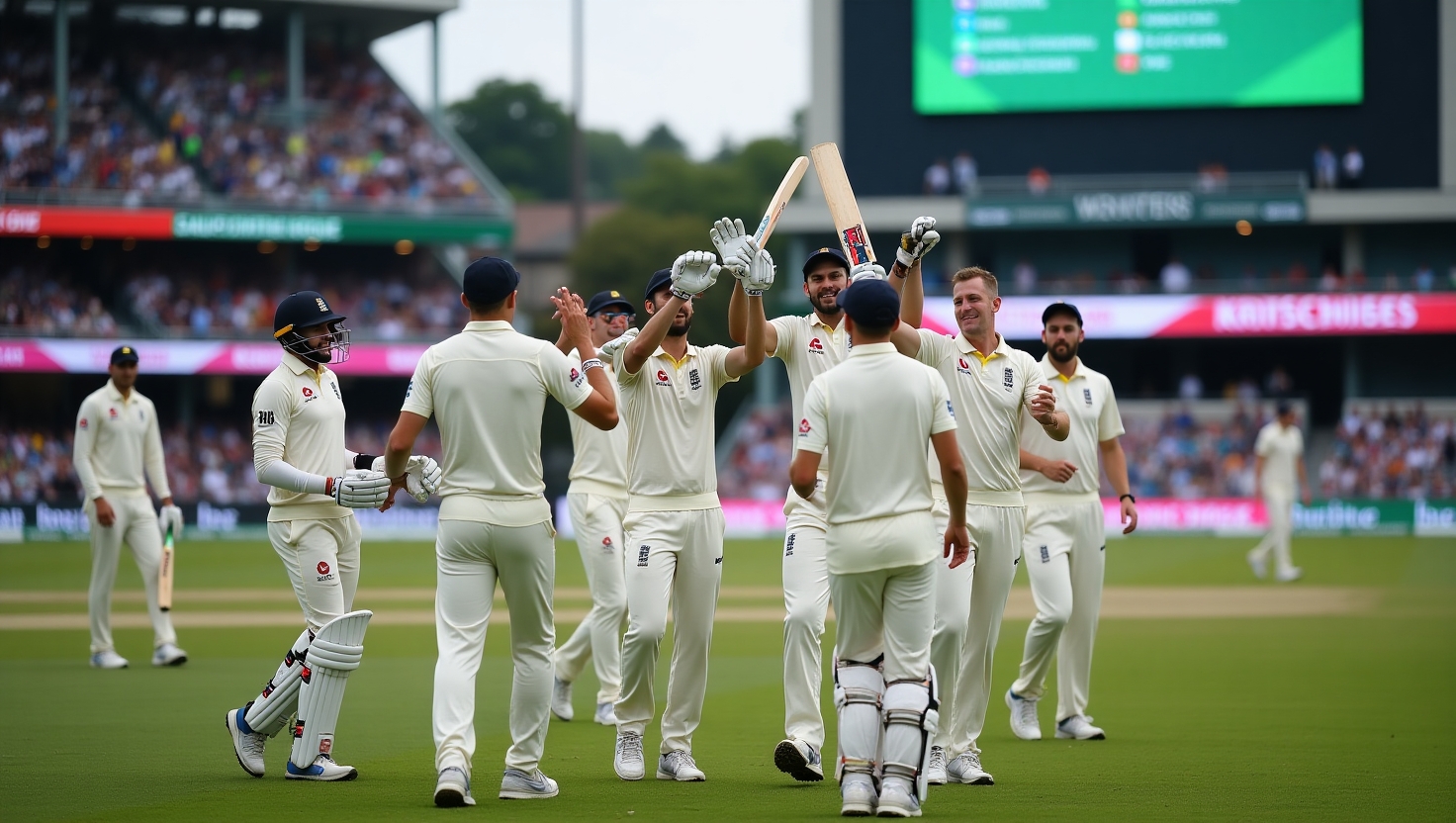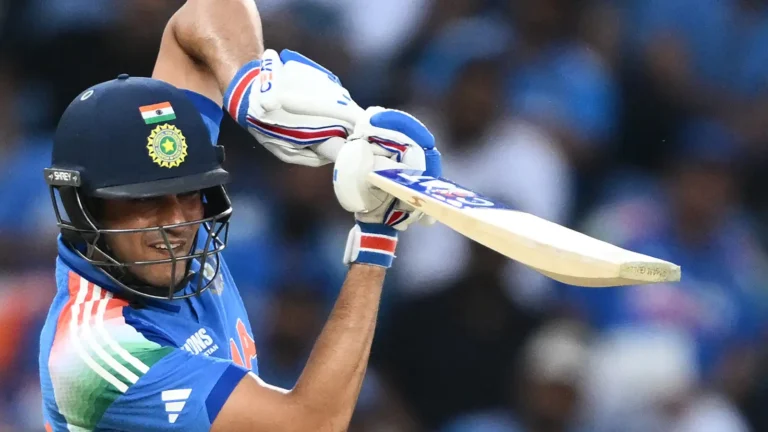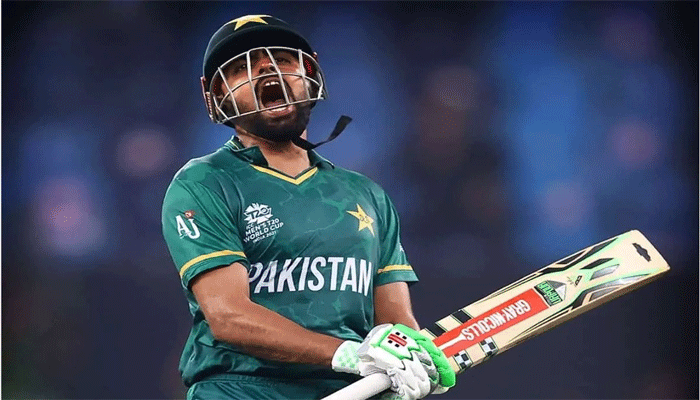
Test cricket, the purest and most grueling form of the game, is where teams are truly tested across five intense days. Winning a single Test demands strategy, skill, and stamina. But winning consecutive Test matches? That’s a sign of true dominance. Over the decades, a few teams have achieved remarkable winning streaks that reflect their control over world cricket during their respective golden eras.
Let’s take a look at the longest winning streaks in Test cricket, the teams that achieved them, and the key factors that contributed to these dominant runs.
🥇 Australia – 16 Consecutive Wins (1999–2001 & 2005–2008)
No team has stamped its authority on Test cricket quite like Australia. Not once, but twice, they achieved a record-breaking 16-match winning streak in Tests—a feat that speaks volumes about their era-defining dominance.
First Streak (1999–2001)
Led by Steve Waugh, Australia won 16 Tests in a row from October 1999 to February 2001. This period saw legends like Glenn McGrath, Shane Warne, Ricky Ponting, and Matthew Hayden performing at their peak. The streak ended in the iconic 2001 Kolkata Test against India, where VVS Laxman and Rahul Dravid pulled off a historic comeback.
Second Streak (2005–2008)
The second 16-match streak came under Ricky Ponting’s captaincy, featuring a team still brimming with champions. During this era, Australia dismantled almost every opposition, blending aggressive batting with world-class bowling. This run ended in 2008 when India defeated Australia in Perth.
🥈 England – 8 Consecutive Wins (2004–2005)
Before the famous 2005 Ashes series, England went on an 8-match winning streak, showcasing one of their most balanced sides in modern history. Led by Michael Vaughan, England had a formidable pace attack with Andrew Flintoff, Steve Harmison, and Matthew Hoggard, backed by quality batsmen like Kevin Pietersen and Marcus Trescothick.
This streak was crucial in building momentum and confidence ahead of the historic Ashes victory, which ended Australia’s long-standing hold on the urn.
🥉 South Africa – 7 Consecutive Wins (2012–2013)
Under the leadership of Graeme Smith, South Africa emerged as a Test powerhouse. Between 2012 and 2013, they won 7 consecutive Tests, thanks to a dream lineup that included Hashim Amla, AB de Villiers, Jacques Kallis, and a pace trio of Dale Steyn, Vernon Philander, and Morne Morkel.
Their wins came in both home and away conditions, a testament to their adaptability and dominance across different pitches.
🇮🇳 India – 6 Consecutive Wins (2016–2017)
India, under Virat Kohli’s aggressive leadership, enjoyed a golden patch in the 2016–17 season, winning 6 Tests in a row. With Ravichandran Ashwin and Ravindra Jadeja spinning webs on subcontinent pitches and batsmen like Cheteshwar Pujara and Ajinkya Rahane grinding opponents down, India looked unbeatable at home.
This era laid the foundation for India’s continued rise in Test rankings and re-established their supremacy in home conditions.
📊 What Fuels a Test Winning Streak?
Winning multiple Tests back-to-back is no accident. It involves:
- Strong leadership and team strategy
- Stable batting line-ups capable of grinding and attacking
- Consistent wicket-taking bowlers, especially fast bowlers and spinners
- Fitness and mental toughness across five-day matches
- Bench strength, allowing rotation and fresh legs without weakening the side
Teams that achieve long streaks usually boast world-class talent combined with team cohesion and depth.
🏁 Conclusion
The longest winning streaks in Test cricket are more than just statistics—they are proof of unmatched skill, unity, and resilience. From Australia’s reign of terror to India’s recent dominance at home, these streaks have given fans unforgettable memories and have defined entire cricketing eras.
As the format continues to evolve and teams invest more in fitness, analytics, and squad depth, we may soon witness new streaks challenging these records. Until then, the legacy of these dominant teams remains a high watermark in the rich tapestry of Test cricket.






